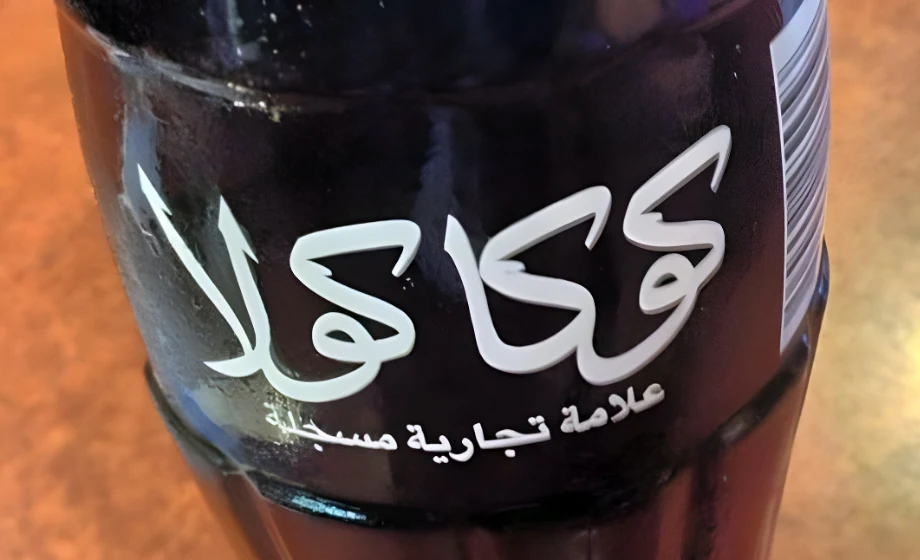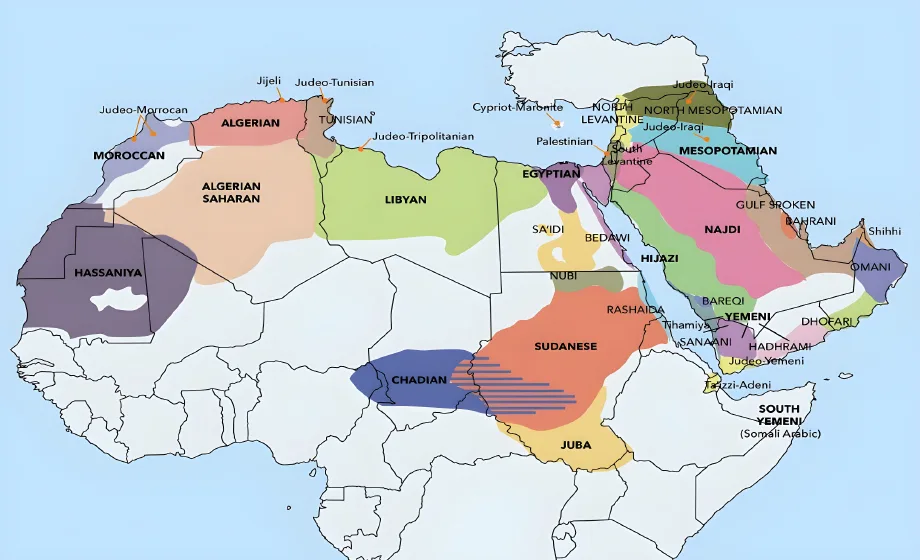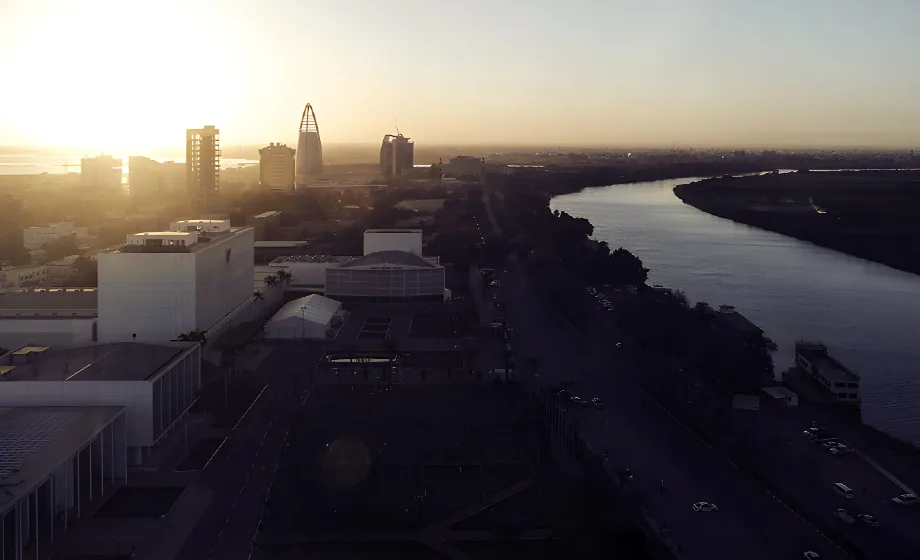Home to the birthplace of Islam and one of the world’s largest oil reserves, the Kingdom of Saudi Arabia (KSA) has played a pivotal role in world politics and culture for centuries. It has grown from a territory contested by nomadic tribes to a wealthy kingdom with a powerful emerging economy. With an established oil infrastructure, and the prospect of further socioeconomic development on the horizon, Saudi Arabia remains an attractive location for investment and engagement. Like the other GCC states, many educated Saudis will have a good command of English. However, Arabic remains the law of the land and most commercial contracts and RFPs will have a requirement for Arabic translation. There is also a huge strategic advantage to introducing your organization in the Arabic language; it will help you get faster decisions and show business partners that your organization is credible and committed to the region.
Looking for a Saudi Arabic translator? Finding a competent linguist in a pinch can be challenging. Save yourself the trouble and allow Industry Arabic to manage all of your Saudi Arabic translation projects. With years of experience and intimate knowledge of the Saudi market, our team of expert translators will ensure your success through our fast and accurate translation service. This article gives a brief overview of Saudi Arabia and its unique Arabic dialect, as well as some case studies of successful projects we’ve completed involving Saudi Arabic.
The Kingdom’s History
The Arabian peninsula was inhabited by a variety of Semitic peoples throughout prehistory who established trade routes linking the Red Sea and Arabian Gulf. By the 6th century, several important trading cities, including Mecca, had emerged in which the Arab tribes and other traders could gather for commercial and religious purposes. It was during this time that the prophet Muhammad united the multitude of tribes throughout the peninsula under the new religion of Islam and founded a new form of government in the region, the caliphate. After accomplishing this, Muhammad and his successors would spread the reach of Islam and the caliphate far beyond its own borders, creating an Islamic network stretching from Spain to Southeast Asia.
During the Ottoman period, the caliphate’s center of power was drawn away from the Arabian peninsula for several centuries. This would change with the emergence of the powerful House of Saud. While this family’s rise to power originates in the 18th century Najd region of Central Arabia, the current dynasty of today’s Kingdom of Saudi Arabia starts with Abdulaziz Ibn Saud. Considered the first king, he carried out the Arab Revolt against the Ottoman Empire during the early 20th century and united the other contested regions of what is now known as Saudi Arabia through diplomacy and conquest. This, along with the discovery of oil in the late 1930s, would do much to stabilize the new nation, re-establish itself as the center for Islamic pilgrimage, and shore up its political and economic capital into modern times.
Distinctive Features of Saudi Arabic
Saudi Arabic can be divided into three regional categories: Hejazi (Western), Najdi (Central), and Gulf (Eastern) Arabic. Each of these variants also features pronunciation differences between the Bedouin and city-dwelling residents. In some parts of the Kingdom, speakers will add a “baa” (ب) or the word ga’id (قاعد) at the beginning of present tense verbs to express the present progressive tense (i.e. I am doing, you are doing, he is doing, etc.). As is the case in some Levantine dialects, Saudi Arabic places the letter “Haa” (ح) or the word raaH (راح) in front of present-tense verbs to express the future tense.
Saudi Arabic also has some different optional pronunciations that differ from other Arabic dialects. For example, the kaaf (ك) is sometimes pronounced as “ch” (as in “cheese”) or “sh”, especially if used as 2nd person object pronoun (e.g.: كيف حالك [kaifa Haaluka in Modern Standard Arabic] would sound like keef Haalech/sh). In some instances, the letter jeem (ج) can be pronounced like a yaay (ي). Additionally, the letters ghayn (غ) takes on the sound of the qaaf (ق), while the qaaf (ق) sounds like a “g”. As with other dialects, the DaaD(ض) usually sounds like a Dhzaa (ظ). More information on Saudi Arabic can be found in our full guide to Arabic dialects.
Our Saudi Arabic Translation Philosophy
Before trusting your critical projects to a translator, you should know exactly how they will approach the job. Below is a brief overview of our approach to translating Saudi Arabic dialect projects:
- Expert Human Translators: Many language service providers rely heavily on automatic or machine translation for a “serviceable” translation. Bucking industry standards, we approach each translation with a pair of tested, trusted linguists, a translator, and an editor who are experienced in preparing documents for Saudi officials and leaders. They will render the project translation in a readable, accessible format for the target audience. Many of our translators also specialize in specific industries, such as technical, legal, and medical translation. Finally, our team is spread across several time zones, you can rest assured knowing that your time-sensitive project is ongoing, even while you sleep.
- Knowledgeable Saudi Arabic Linguists: Every Industry Arabic translation goes through a two-step review process to verify accuracy and readability. For Saudi Arabic projects, these processes are handled by professional linguists who understand the Saudi language and culture. This is especially crucial considering the vast subtleties couched within this particular dialect. Once the translation is complete, the translator edits the document against the source text and then submits it to our project managers for final review and proofreading. At the end of the process, you will have a polished product that you can present to your Saudi partners with confidence.
- Streamlined Translation Management Process: Our goal at Industry Arabic is to simplify the translation process as much as possible. You can relax while our team handles your project with a personal touch at every step of the project. Whether you have detailed a RFP to wade through, a Saudi dialect TV interview that needs to be subtitled, or a report that requires intimate knowledge of Saudi politics, our team can support you in any format you need.
Saudi Arabic Translation Case Studies
The following is a small sample of the different Saudi Arabic translation projects we’ve successfully handled in the past:
- Royal Biography Project: Our clients asked us to help with a video archive chronicling the life and times of a Saudi leader. This included not only translating, transcribing, and subtitling oral interviews in Saudi Arabic, but also localizing and developing original content for both English and Arabic-speaking audiences. As such, this project is one of the best examples of our “transcreation” services.
- Socioeconomic Development: We have translated millions of words of heavily-formatted Powerpoint documents in support of a high-profile development plan in the Kingdom. The documents included RFPs, project budgets, and work plans, and status reports for senior government officials.
- Gulf Governmental Affairs: Our team translated many PowerPoint slides for a consulting firm supporting several GCC governmental bodies, some of which included Saudi Arabia. In doing so, we ensured all slides were formatted to match Arabic’s right-to-left orientation and conformed to the client’s glossary and style guide. We localized all of the many images found throughout the slides for a Saudi audience.
Ready to begin your Saudi Arabic translation project?
Simply use the form here for a quick and free quote. One of our experienced team members will reply to your request within 30 minutes to begin the translation process!



